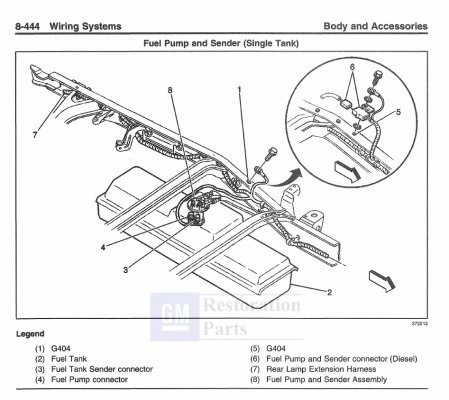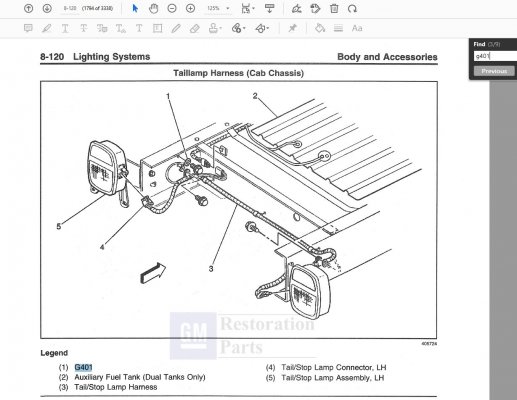You got it. Clean, tight connections,
no matter the age, can
not generate heat.
If you run through the electrical formulas, no resistance between 2 electrical connections
means that no power is generated/consumed
at that point.
As an everyday proof point of this concept, check out how resistance is used
on purpose
in order to be able to cook the grits on an electric stove:
You must be registered for see images attach
Thankfully we're working with 12v DC circuits, so instead of having to wrap our heads around AC impedance
and all the Tesla head-stretching theory, on our GMT400s we're working with the real deal, the stuff that makes sense.
If you own a DD, and you never drive it any further than easy walking distance away from home, feel
free to leave everything in it's 24+ year old condition.
But if you have a longer commute, a self-employed contractor type running your business off of your GMT400,
or actually take your vehicle on road trips? Then you would be A) motivated to look for any signs of heat/stress
like in the pictures above, and B) even if everything looks fine, you break these connectors open, look for trouble,
tighten the female connectors, maybe a little Deoxit, and put all back together.
No resistance > No heat > No problemo.
Proven to me without a doubt by tracking down & eliminating the tough intermittents in our 25+ year old
military fighters, featuring miles and miles of wiring, and lots of connections. Heck, we even had dedicated
pin retention test tools in our Daniels Kits that we would run through all the sockets in our cannon plugs.
If the female socket couldn't retain the calibrated weight of the tool when dangling vertically, then it was an automatic fail.
And if that socket correlated to a flaky signal between 2 computers, there was lots of hooting & hollering
by the repair team. *Yes* :0)
Tedious, painstaking, bordering on boring work, but only by doing this were we (Avionics) able
to tame the intermittents in our systems and no longer be the clear leader for which shop was responsible
for non-mission-capable aircraft. Ready, Relevant, Reliable!
No fooling, if you apply the same technique to your GMT400, it can as reliable as a new vehicle. (More reliable,
actually, since it's beaucoup simpler than the newer rides. (!) As a matter of fact, they are now selling
pin retention test tools to automotive guys working on the newest stuff:
You must be registered for see images attach
It's crazy. New vehicles that roll down our highways in the 2020s are now just as complex as our military
fighters were back in the 1980s.
...but I digress. Keep your connections tight and the shiny side up.
Safe travels. With reliable headlights at your beck & call. :0)
Cheers --




